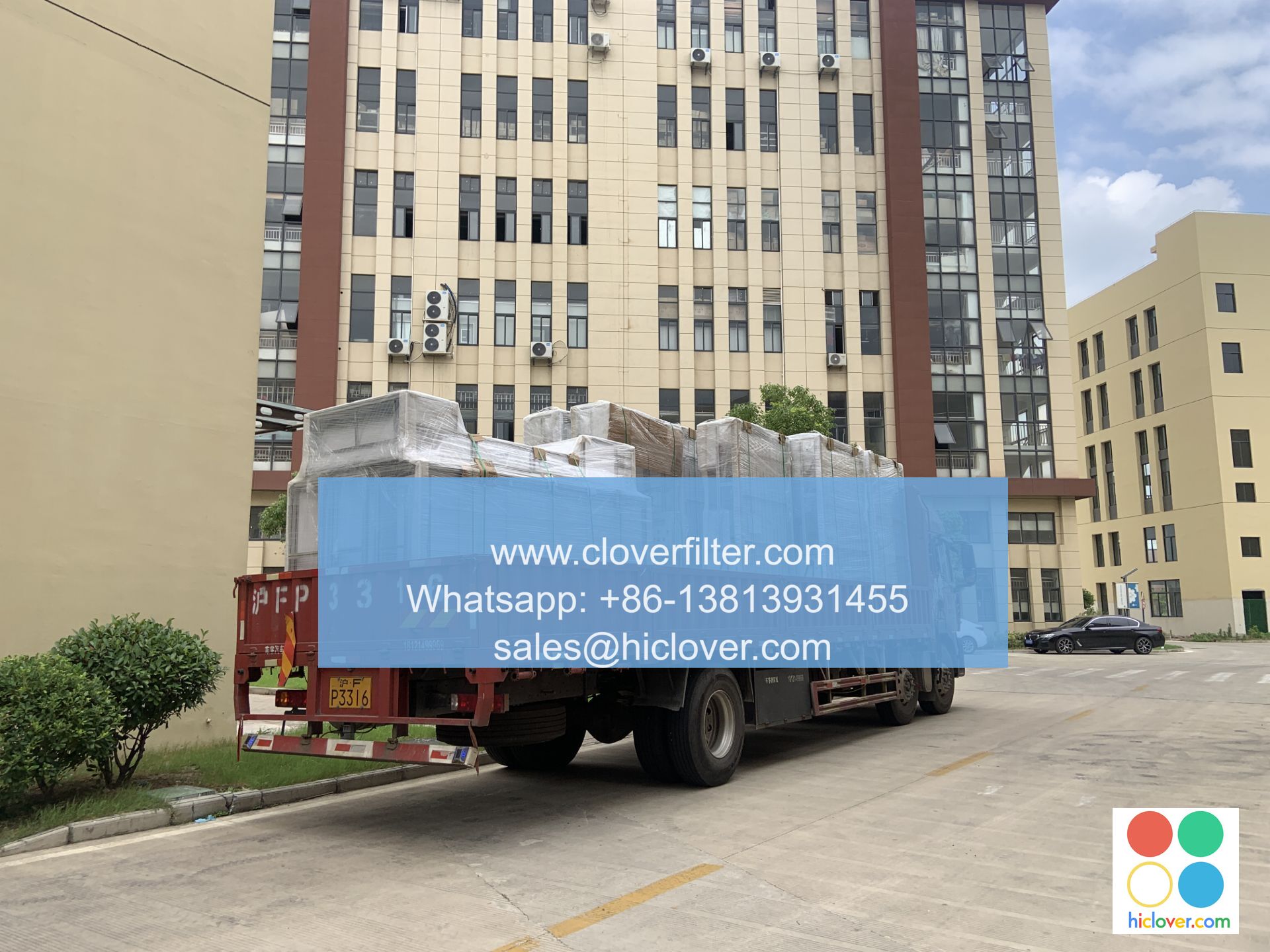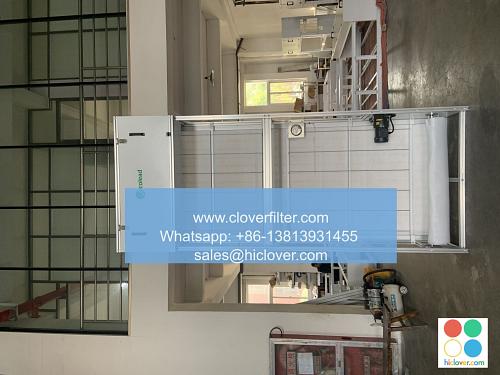The Science Behind Automatic Roll Air Filters in Biotechnology Laboratories

Automatic roll air filters are a crucial component in biotechnology laboratories, playing a vital role in maintaining a clean and safe environment for researchers, equipment, and sensitive experiments. These filters are designed to capture airborne contaminants, such as dust, bacteria, and other microorganisms, that can compromise the integrity of laboratory experiments and pose health risks to personnel. In this article, we will delve into the science behind automatic roll air filters, their functionality, and their importance in biotechnology laboratories.
The primary function of automatic roll air filters is to remove airborne contaminants from the laboratory air. They are typically installed in the laboratory’s heating, ventilation, and air conditioning (HVAC) system or as standalone units. The filters consist of a roll of filter media, usually made of a synthetic material, such as polyester or polypropylene, that is designed to capture particles as small as 0.3 microns. As the air passes through the filter, the contaminants are trapped, and the clean air is released back into the laboratory.
The science behind automatic roll air filters lies in the principles of aerodynamics and filtration. The filter media is designed to create a pressure drop, which slows down the air flow and allows the particles to be captured. The filter’s efficiency is determined by its ability to capture particles of a specific size, known as the most penetrating particle size (MPPS). The MPPS is typically around 0.3 microns, which is the size of most bacteria and viruses. Automatic roll air filters are designed to capture at least 99.97% of particles at the MPPS, ensuring that the laboratory air is clean and safe.
In biotechnology laboratories, automatic roll air filters play a critical role in preventing contamination and maintaining asepsis. The filters help to prevent the spread of airborne microorganisms, such as bacteria, viruses, and fungi, that can compromise the integrity of experiments and pose health risks to researchers. Additionally, the filters help to remove other airborne contaminants, such as dust, pollen, and other particles, that can interfere with sensitive equipment and experiments.
The importance of automatic roll air filters in biotechnology laboratories cannot be overstated. They are a critical component in maintaining a clean and safe environment, and their proper functioning is essential to the success of laboratory experiments. Moreover, the filters help to prevent the spread of airborne diseases, reduce the risk of cross-contamination, and protect sensitive equipment from damage.
In addition to their functional benefits, automatic roll air filters also offer several operational advantages. They are relatively low maintenance, as the filter media can be easily replaced when it becomes dirty or clogged. Additionally, the filters are designed to be energy efficient, using minimal power to operate. This makes them an attractive option for laboratories looking to reduce their energy consumption and minimize their environmental impact.
Another significant advantage of automatic roll air filters is their ability to be integrated with other laboratory systems. They can be connected to laboratory information management systems (LIMS), allowing for real-time monitoring of air quality and filter performance. This enables researchers to quickly identify and respond to any changes in air quality, ensuring that the laboratory environment remains safe and clean.
Overall, automatic roll air filters are a vital component in biotechnology laboratories, playing a critical role in maintaining a clean and safe environment. Their functionality, based on the principles of aerodynamics and filtration, ensures that the laboratory air is clean and free from airborne contaminants. As biotechnology research continues to evolve, the importance of automatic roll air filters will only continue to grow, making them an essential tool for researchers and laboratories around the world.
Conclusion
In conclusion, automatic roll air filters are a crucial component in biotechnology laboratories, providing a clean and safe environment for researchers, equipment, and sensitive experiments. Their functionality, based on the principles of aerodynamics and filtration, ensures that the laboratory air is clean and free from airborne contaminants. As biotechnology research continues to evolve, the importance of automatic roll air filters will only continue to grow, making them an essential tool for researchers and laboratories around the world.
FAQs
Q: What is the purpose of automatic roll air filters in biotechnology laboratories?
A: The primary purpose of automatic roll air filters is to remove airborne contaminants, such as dust, bacteria, and other microorganisms, from the laboratory air, ensuring a clean and safe environment for researchers, equipment, and sensitive experiments.
Q: How do automatic roll air filters work?
A: Automatic roll air filters work by using a roll of filter media to capture airborne contaminants. The filter media is designed to create a pressure drop, which slows down the air flow and allows the particles to be captured.
Q: What is the most penetrating particle size (MPPS) of automatic roll air filters?
A: The MPPS of automatic roll air filters is typically around 0.3 microns, which is the size of most bacteria and viruses.
Q: How often should automatic roll air filters be replaced?
A: The frequency of replacement depends on the specific filter and laboratory conditions. Typically, filters should be replaced every 1-3 months or when the pressure drop reaches a certain level.
Q: Can automatic roll air filters be integrated with other laboratory systems?
A: Yes, automatic roll air filters can be integrated with other laboratory systems, such as laboratory information management systems (LIMS), allowing for real-time monitoring of air quality and filter performance.

